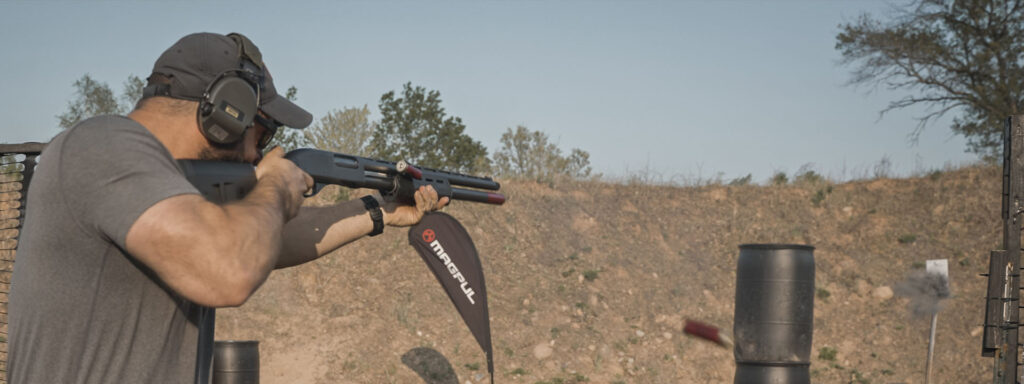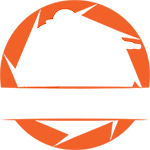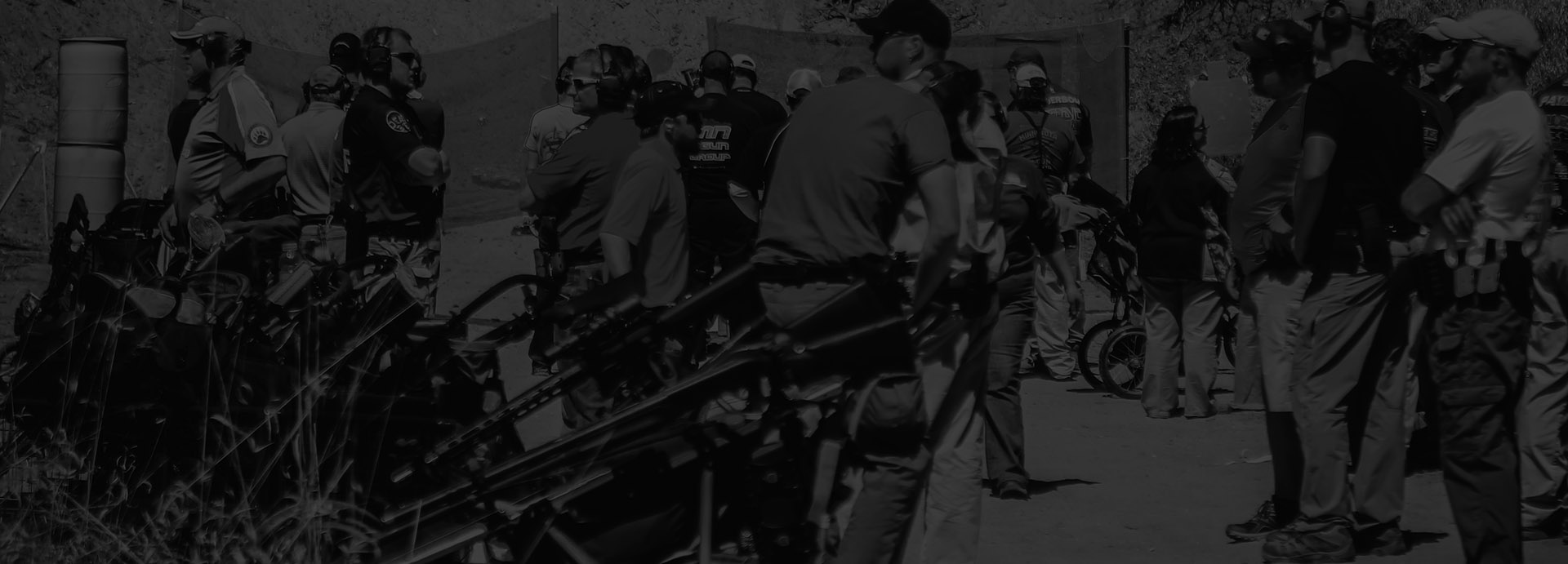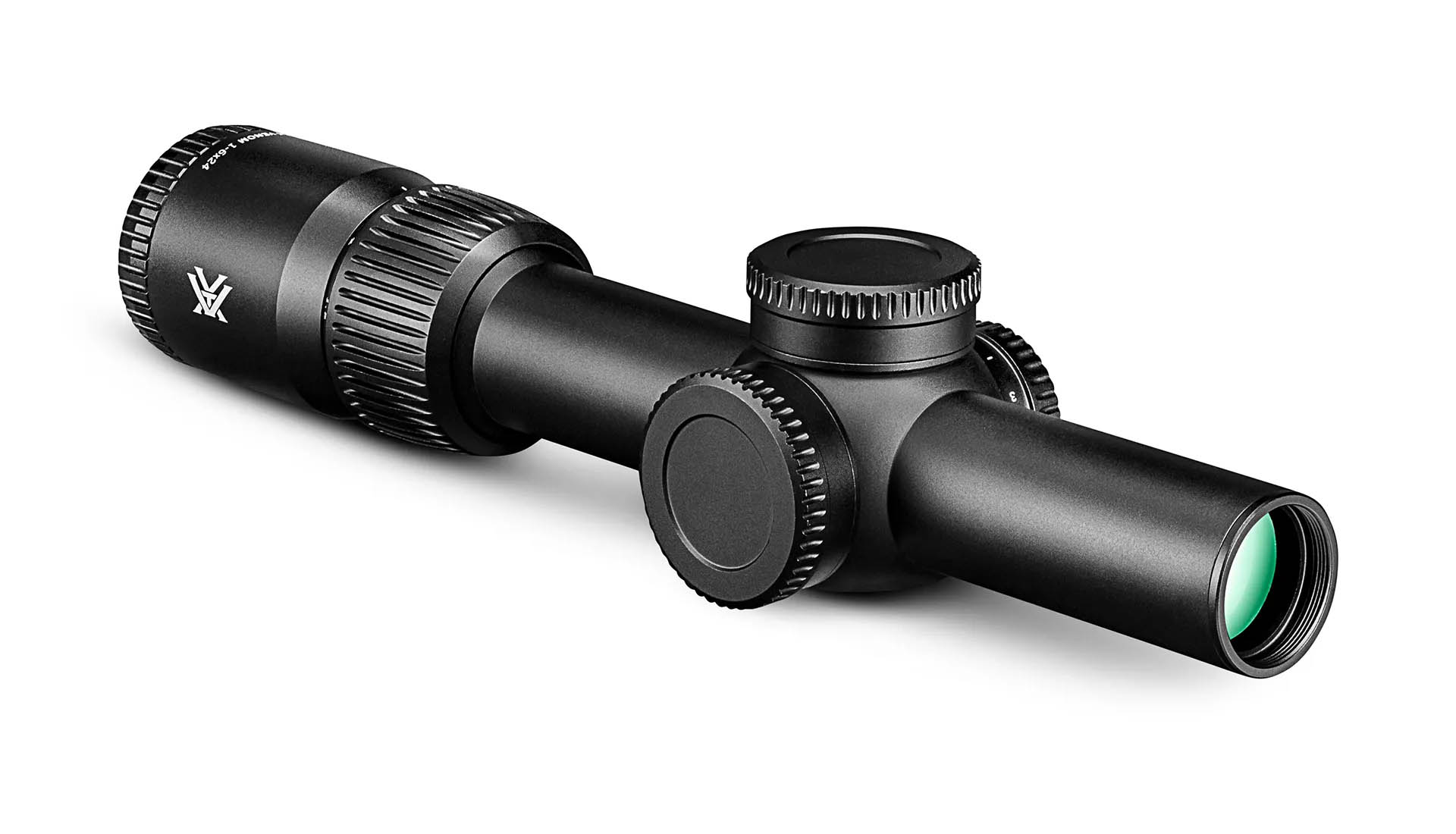
What to Look for When Shopping for a 3-Gun Shotgun
So, you’ve decided to get into 3-gun, or you’re thinking about it, and are looking at all the options that are out there. It’s an ocean of guns, gear, and ammo. Sprinkle in some training videos and every internet expert at the ready to answer every question you haven’t asked. Don’t get me wrong, having all of these companies offering all the gear and services is a genuine blessing, and the 3-gun community is collectively the best group of people I’ve ever had the pleasure to know. However, the information overload can leave you with more questions than answers.
One of the most controversial topics in 3-gun is which shotgun is the best. The Chevy vs. Ford debate pales in comparison to this topic. Shooters almost get more defensive of their shotgun than they would if you were to insult them openly. Brand loyalty can create a skewed perspective on the topic, so let’s break it down to some things you should look for when deciding which scattergun to take home.
Understanding 3-Gun Shotgun Characteristics: Accuracy, Recoil, and Reliability
I find the shotgun to be a polarizing and contradictory topic. By that, I mean that shotguns are inherently the least accurate, heaviest recoiling, and least reliable of the three platforms in 3-gun (rifle and pistol being the other two). Yet, the argument for the best shotgun seems to revolve around which is most reliable, lowest recoiling, and even which one shoots slugs the best. All of that being said, there are huge differences between the different brands and models on the market, so you are strapped with the difficult task of choosing which one is right for you.
Budget Considerations: Entry-Level vs. High-End Shotguns
The first question we address is whether you are in the market for an “entry-level” shotgun, one which you will eventually discard for one that may be more expensive, or would you like to “buy once, cry once”. Once you know your budget, it makes it easier to narrow the list of potential fits. If you have $1,000 or less to spend on your shotgun, there are fewer options available to you, but that doesn’t mean that you have to save your money to afford something else. Shotguns like the Mossberg JM 930 and the Stoeger M3000 have pretty much cornered the market on budget 3-gun shotguns. They are both great options for this price range.
The Pros and Cons of Used and Pump-Action Shotguns

In the attempt to save money, another option to consider is purchasing a used shotgun, or running a pump-action shotgun. Pump-action shotguns are always less expensive than the auto-loaders, and usually more reliable. There is the glaringly obvious drawback of slower cyclic rate and the shooter is more limited when it comes to shooting positions and techniques because you must manually cycle the weapon. There’s no shame in using a pump shotgun for 3-gun, and they’re a requirement for some OG Heavy Metal divisions if that’s a route you want to go.
Purchasing a used shotgun, while less expensive than buying a new one, comes with the inherent unease of not knowing what it has been through. However, the typical waterfowl hunter’s shotgun experiences fairly light use when compared to what you’re about to put it through.
Operating Systems of Shotguns: Gas vs. Inertia
Now that we’ve talked a little about budget, let’s talk about the operating systems. Without getting into the nuts and bolts of how the shotgun operates, there are two operating systems within the auto-loader category: gas-operated and inertia-operated. This refers to how the shotgun cycles rounds through the chamber. With gas-operated shotguns, the gun uses a portion of gasses from the cartridge being fired to cycle the bolt carrier to extract the spent case and chamber a new cartridge. With inertia-operated shotguns, the gun uses the shotgun’s recoil to cycle the bolt carrier. So, from a shooter’s perspective, gas-operated shotguns (such as the Mossberg JM 930 and Beretta 1301) tend to cycle faster, recoil less, and reliably run lighter loads. Whereas the inertia shotguns (such as the Stoeger M3000 and Benelli M2) tend to need heavier loads, cycle slower, and have more felt recoil.
Reliability and Maintenance: Gas vs. Inertia Shotguns
As it appears above, the gas shotguns are the way to go. So, you might ask why the inertia shotguns are so popular. The answer comes down to reliability and maintenance. With a gas shotgun, the shooter must make sure the gas rings are up to the task and they also tend to malfunction more than the inertia guns when dirty. Inertia guns require less maintenance and cleaning, although I’m not saying you don’t need to maintain them, but overall they tend to be a lower-maintenance option.
As we talk about reliability, bear a few things in mind. First of all, 3-gunners run their shotguns HARD. We often stretch the limits of what these guns were built to handle. Also, shotgun ammunition has the loosest tolerances of all types of ammunition, by far. Not only will you have different sizes of shot shells (literally different lengths and diameters from one manufacturer to the next making the exact same round), but we use our shotgun to shoot birdshot, buckshot, and slugs, sometimes all in the same stage. Consequently, 3-gunners are likely to experience shotgun malfunctions.
Aftermarket Accessories and Customization Options
After narrowing the budget down and learning a little about the operating systems of the auto-loaders and what to expect regarding reliability, the next mitigating factor is the availability of aftermarket accessories. Some shotgun manufacturers are now offering a “3-gun ready” option, you can purchase a shotgun and head to a match. However, most often, you will at least want to add a magazine extension. The most common among these are options offered by Nordic Components, Taccom, RCI, and a few others. Another potential addition would be a rear sight to aid in slug accuracy. There are other accessories and modifications that can be made to help you succeed, but many of those would be at the behest of the individual shooter.
One modification that is so common that it has almost become necessary is the opening of the loading port. The fastest way to improve with the shotgun is to find the fastest way to reload the shotgun. Most often, this includes some sort of modification to the loading port to aid in that endeavor. Some shotguns, most commonly the Benelli M2 and the Remington Versamax, could also benefit from an extended lifting gate. Shooters may also choose to add a “match saver”, an aftermarket front sight, an aftermarket recoil spring, an oversized safety, an oversized charging handle, and any number of other accessories. However, these are all personal preferences, and not necessary to competing in the sport.
Shotgun Barrel Length Selection
The last question that is often asked when the shooter has finally decided which shotgun they will choose is which barrel length to select. This is not as important as it once was. Shorter-barreled shotguns used to be more popular because they were lighter and easier to transition and move in tight spaces. However, as the sport has evolved to include longer tubes, having a 28” barrel is no longer the deal-breaking taboo that it used to be. A 24″ Barrel seems to have become the standard for most established shooters, usually matching or coming just shy of a 12-round capacity mag tube depending on the model.
Final Considerations
So, now that we’ve discussed some of the things to look for when deciding on a shotgun, I would like to add one more thing to think about. Please remember that whatever shotgun you decide to use for 3-gun, it is a tool that will be thrown into barrels, probably banged into objects and barriers, and overall used and abused. So, if you have decided that you’re going to spend your money on a beautiful shotgun with all of the aftermarket modifications, please remember that it will probably get scratched and scuffed. However, I look at the scratches on my shotgun like the scars on my body; they were born from hard use and a willingness to throw my hat in the ring and give it my all.






